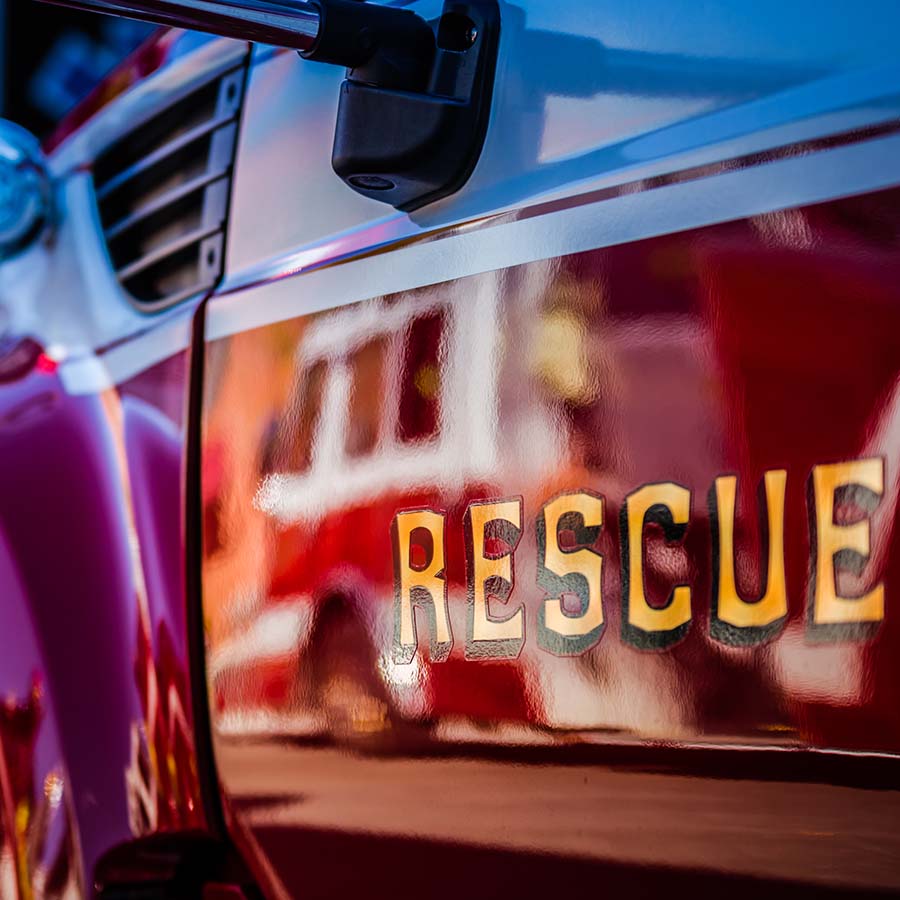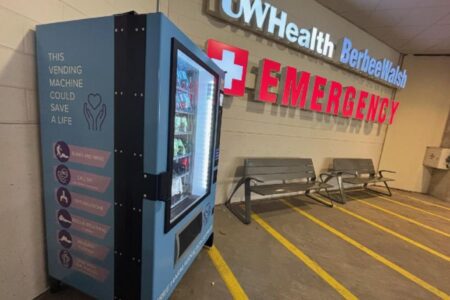Community risk reduction is a crucial part of any fire department’s operations. It involves a proactive approach to identifying and prioritizing local risks, followed by an integrated strategic investment of resources to reduce the occurrence and impact of those risks. This approach is data-driven and requires close collaboration with various partners in the community to effectively communicate messaging and implement prevention efforts.
Identifying and Assessing Community Risks
One important aspect of community risk reduction is data collection. It’s essential to look at local data to determine what risks are most prevalent in the community. By digging deep into this data, fire departments can identify which populations are most affected and where risks occur more frequently. It’s crucial to understand that the risk may not be consistent across the entire jurisdiction, which is why it’s important to drill down to specific areas and demographics.
Collaborative Efforts in Risk Reduction
Partnering with different organizations is also key to implementing community risk reduction effectively. This can include partnering with public health agencies, senior services, local businesses and utility companies to help disseminate messaging or provide funding. By identifying organizations that frequently interact with the populations you are trying to reach, you can tap into their reach and credibility to help deliver your prevention messages effectively.
Overcoming Funding Challenges in Risk Prevention
Funding for prevention efforts can be a challenge, but a community risk reduction program is a worthwhile investment for any fire department. There are creative ways to tap into local resources, including partnerships with local businesses or grant funding. It’s essential to build a strong case for your prevention efforts and showcase the benefits that will come from your investment.
The Importance of Tailored Messaging
The messaging strategy is also vital in community risk reduction. It’s necessary to tailor your messages to specific populations and engage them through various channels. For example, one side of your jurisdiction may have more falls among children due to sports-related injuries, while the other side of the city may have more falls among older adults due to uneven walking surfaces. Tailoring your messages will yield better results than a one-size-fits-all approach.
Final Thoughts
Community risk reduction is critical to any fire department’s operations. By taking a proactive approach, fire departments can identify and prioritize risks, partner with organizations to leverage their resources, secure funding for prevention efforts, and tailor messaging to specific populations. By doing so, fire departments can reduce the occurrence and impact of risks in the community and improve overall safety.
For the full presentation on this topic by former statewide records management system administrator Tammy Mills, who spent 14 years with the Mississippi State Fire Marshal’s office, click here.




